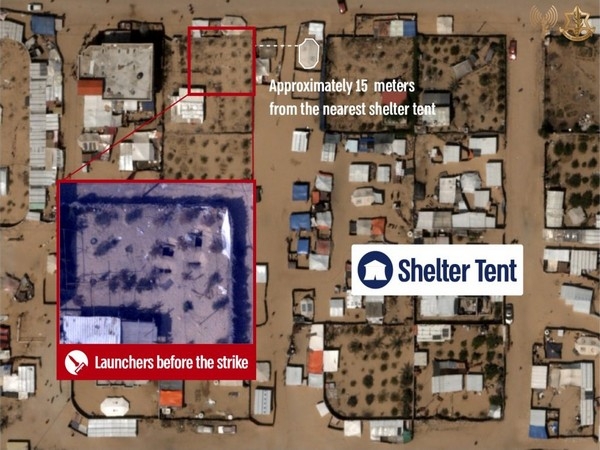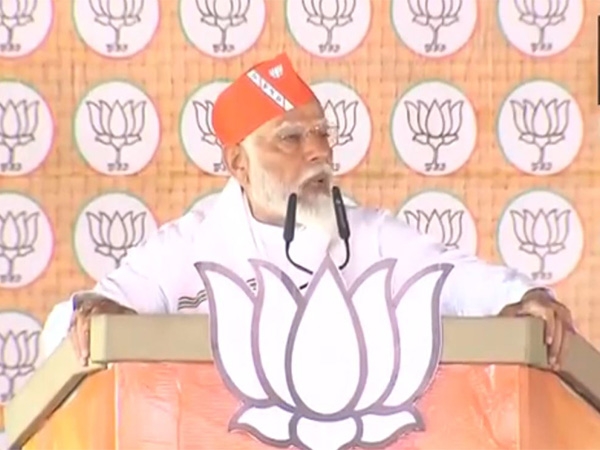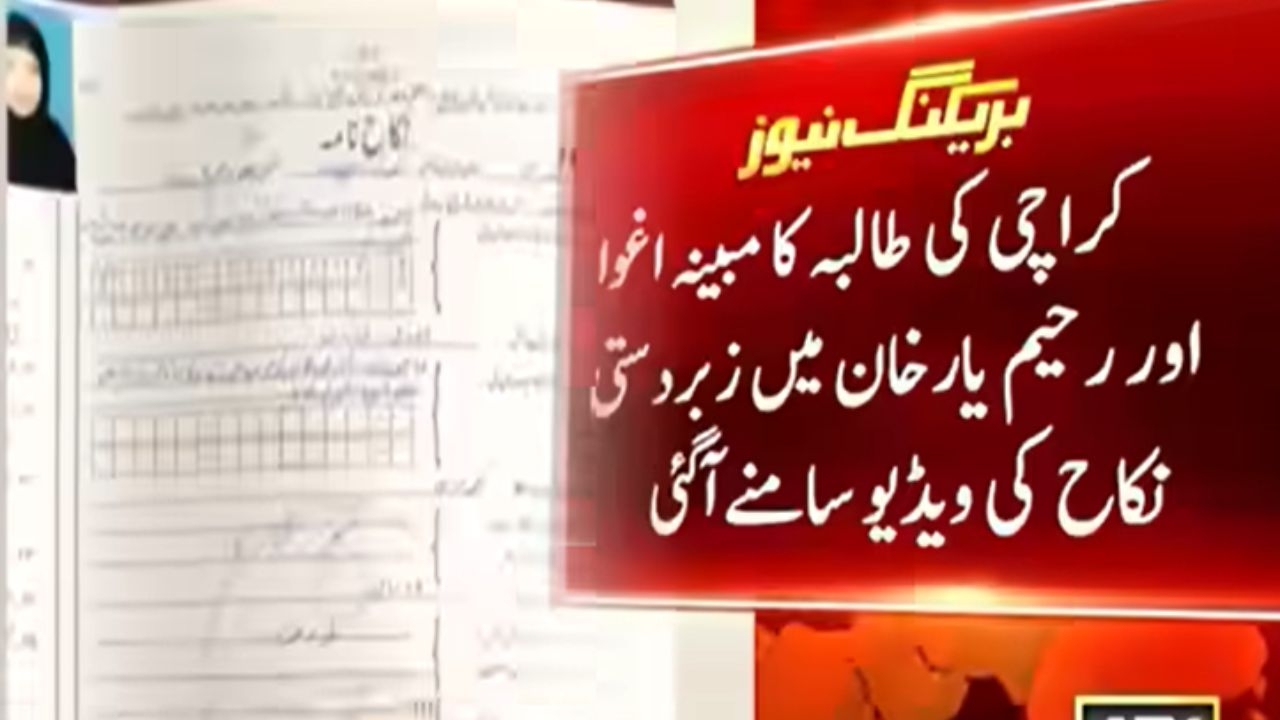The cost of complacency: how India's Nepal policy unravelled
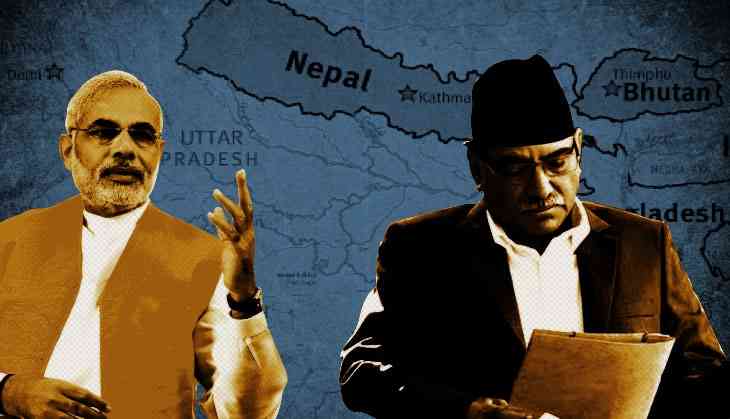
The Madhesh region of Nepal is once again on fire.
It has been just over a year since the blockades on trade routes along the Indo-Nepal border in the central Terai plains were lifted, as dramatically as they had been imposed five months earlier.
But on 6 March, security forces shot dead at least three protestors in Rajbiraj town, just across from Kunauli Bazaar in Bihar. Dozens were reported injured, some grievously, and were referred to BP Koirala Institute of Health Sciences at Dharan, eastern Nepal.
The mood in Madhesh is fast becoming confrontational. The Madheshi Morcha has called for a general strike. It's likely that the common front of political parties advocating for Madheshi and Janjati rights will be under tremendous pressure from their constituents to resign en masse from the Parliament in Kathmandu, and precipitate a showdown with the Permanent Establishment of Nepal (PEON) over the divisive constitution, which was promulgated through a brute majority amidst stiff street protests in 2015.
A year of conciliatory politics and negotiations with main ethnic Khas-Arya parties of the hills have yielded next to nothing for the 'externalised' communities of Nepal — the Aadibasis and Madheshis. For now, pro-Madheshi parties have deflected scrutiny by threatening the government that they will withdraw their support, unless elections based on the controversial constitution aren't cancelled within a week. But the tactic of buying time may backfire if radical elements succeed in taking over the streets of Madhesh.
Red flag
Before beginning the decade-long armed struggle on 13 February 1996, the-then Communist Party of Nepal (Maoist) had warned in a widely-circulated leaflet: “We are fully conscious that this war to break the shackles of thousands of years of slavery and to establish a new democratic state will be quite uphill, full of twists and turns and of a protracted nature. But this and this alone is the path of people's liberation and a great and bright future.”
Having resulted in 17,000 deaths and the internal displacement of hundreds of thousands, the so-called 'People's War' has indeed traversed a circuitous route. The people may not have gained much, but the self-proclaimed 'proletarian vanguard' has managed to capture not just the government but the entire State of Nepal.
President Bidhya Bhandari is a Naxalite of the 1980s, and was the vice-chairperson of the Communist Party of Nepal (Unified Marxist-Leninist) before being elected to the high office. Prime Minister Pushpa Kamal Dahal aka Prachanda is the chairperson of the United Communist Party of Nepal (Maoist), who spearheaded the decade-long armed insurgency before being brought into peaceful politics in 2006 through the 12-Point Understanding with parliamentary parties under Indian aegis.
Vice-President Nanda Kishore Pun is the former chief commander of the self-styled People's Liberation Army of the armed insurgency years. Speaker Onsari Gharti Magar is also a former guerrilla commander.
It's not just the government – the Leader of the Opposition in Parliament, KP Sharma Oli, is also a former Naxalite of the Jhapali Movement, which swore that the chairman of the Chinese Communist Party was its chairman too.
Most statutory organs have been filled with either UML nominees or Maoist sympathisers. Back in the 1980s, Jhapali Naxalites had adopted the strategy of infiltrating the government, with the help of monarchists, through what was called 'SuKha' — a Nepali acronym that stands for Subba-Khardar (meaning clerks and junior clerks) but also means an easy life.
Those SuKha employees have now reached the highest echelons of government. They have been nurtured by the parent party, and continue to retain their allegiance.
Media leaders, too, are more aligned towards the UML and Maoists than any democratic values. The so-called 'Fifth Estate' — the NGO sector — is almost a monopoly of UML sympathisers.
Even though the Nepali Congress is the largest party in Parliament, its influence upon polity, society and economy of the country is next to nil.
Fear factor
Strange as it may seem, Indian agencies played no small role in handing over Nepal to the Khas-Arya ethnic communalists masquerading as 'communists'.
The confusion in India's Nepal policy began towards the end of 2008, when someone in New Delhi decided to cut Maoists down to size, even though they had emerged as the largest political party in the elections held for the first Constituent Assembly in the history of the country.
That pushed Prachanda into the welcoming embrace of monarchists, and through them, into the lap of Chinese strategists, which further enraged New Delhi.
India used whatever diplomatic leverage it had to oust the United Nations Mission in Nepal (UNMIN) and the United Nations Human Rights Council (OHCHR) from Nepal, as these agencies were perceived to be sympathetic towards Maoists and Madheshis.
The White Shirts — a ragtag band of chattering classes of Kathmandu — was marshalled to delegitimise the mandate of the ballot box. A coup by courts was then staged to create conditions for the demise of the Constituent Assembly without adopting a statute.
The Doctrine of Necessity, a Roman-era practice popularised by courts in Pakistan, was utilised to establish an extra-constitutional government of former bureaucrats to conduct fresh elections under the watchful eyes of the Nepalese Army. The result warmed the heart of the PEON — it produced a hung assembly dominated by two of its front parties — the Nepali Congress and the UML. Once the second Constituent Assembly was in place, the PEON decided that it had no further use for Indian support.
The PEON restoration in Nepal also coincided with the rise of Narendra Modi as Prime Minister in New Delhi. In a bid to break away from the past, the government under Modi decided to farm out its Nepal policy to think tanks closely associated with the Rashtriya Swayamsevak Sangh. That's when everything started to go wrong.
Failure of Indian diplomacy
Like most other things in Nepal, the continuing crisis is as much a failure of Indian diplomacy as the rank incompetence of Nepali politicos. It is a sad story of the unravelling of the so-called 'Doval Doctrine', named after India's National Security Advisor and former super-spy Ajit Doval, which had sought to create a Hindutva sanctuary in what was once the only Hindu kingdom in the world before being declared a federal and secular republic.
The RSS pracharaks probably thought that once Nepal reverted to being a Hindu state, all its problems would be automatically resolved. In fact, what the RSS considers to be the solution is its main problem— Nepal is almost a Hindu version of Pakistan, with nothing to tie itself together other than a visceral hatred of India that the PEON has cultivated among its members for generations. Like militant Islam, political Brahminism can't thrive without a visible enemy. and the popular evil for the Nepalese priestly class has always been the 'expansionist designs' and 'covetous eyes' of India upon Nepal.
Shared antipathy towards India combines conservatives, centrists and progressives together in the thread of 'Nepal is in danger of losing its independence'. Drugged on the opiate of nationalistic slogans, the middle-class marches arm-in-arm in deriding India at slightest pretext. Bigotry, chauvinism, intolerance, jingoism and prejudice towards India have become the mainstay of mainstream discourse in the name of protecting sovereignty.
The Doval Doctrine sought to counter it with the 'ABCDE' strategy – appeasement, bombast, coercion, disengagement and enticement. So far, the Gorkhali nationalists have easily bested the 'Garhwali Chanakya', as Doval is sometimes known among his acolytes, and the policy has come a cropper.
Modi's charm offensive
When Prime Minister Modi came to Nepal in August 2014, the first Indian head of government to do so in 17 years, his charm offensive seemed to work wonders. In his address to the newly-constituted Parliament, he rhapsodised about Pashupati, Lumbini, Buddha and the inviolable sovereignty of Nepal, to loud cheers from parliamentarians. He promised to HIT Nepal — a wholly inappropriate acronym for Highways, Information-ways and Transmission lines — with a $1 billion credit line.
What his RSS songwriters had failed to brief him was that the PEON is interested only in the continuity of its complete control over all apparatuses of the state, not economic development or social welfare, which carries the risk of loosening its monopoly over state power.
During his second visit in November 2014, Modi had nothing but drivel to offer: “Take all sections of society on board in framing the constitution”.
It's strange that RSS strategists had failed to realise even by then that the PEON had no further use for Indians, as the Chinese had become their patrons once again. A strange coalition of democrats, monarchists, Marxists and Maoists was surreptitiously built to sideline Indians. Excluded from constitutional negations, pro-Madheshi parties were already on the streets. They became convenient fall guys for the failure of New Delhi's coercive policy of enforcing blockades along selected supply routes.
Disengagement for a while was even more of a flawed idea. Reportedly, Hindu sages and the military brass in New Delhi prevailed upon RSS stalwarts to placate the PEON with enticements. The electricity supplied by India has ended over a decade of crippling load-shedding in Nepal. It has also helped the PEON earn performance legitimacy. Should something go wrong, as it just did in the Madhesh plains, India is always there to blame.
The apparent generosity has backfired rather fast. A repetition of ABCDE will only prove the relevance of a famous quip attributed to Albert Einstein: “The definition of insanity is doing the same thing over and over again, but expecting different results.”
Who should take responsibility?
The central problem of India's Nepal and Pakistan policies is similar: how does one deal with a country where an anti-India posture is the raison d'être of its very being?
It becomes even more complex when the ruling elite, such as the PEON, have little or no concern for travails of survival of their own people.
The political establishment in India needs to take the responsibility of Nepal back from the immature hands of RSS think-tanks.
Close relationships require considered handling rather than mere complacent responses.
First published: 8 March 2017, 20:45 IST
_251371_300x172.jpg)
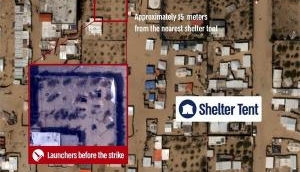

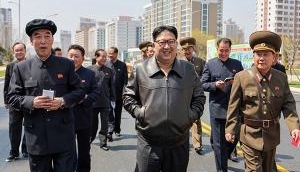
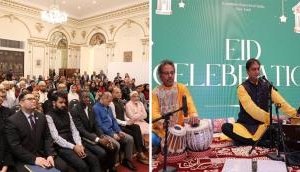
![BJP's Kapil Mishra recreates Shankar Mahadevan’s ‘Breathless’ song to highlight Delhi pollution [WATCH] BJP's Kapil Mishra recreates Shankar Mahadevan’s ‘Breathless’ song to highlight Delhi pollution [WATCH]](http://images.catchnews.com/upload/2022/11/03/kapil-mishra_240884_300x172.png)

![Anupam Kher shares pictures of his toned body on 67th birthday [MUST SEE] Anupam Kher shares pictures of his toned body on 67th birthday [MUST SEE]](http://images.catchnews.com/upload/2022/03/07/Anupam_kher_231145_300x172.jpg)


_251372_1280x720.jpg)
_251371_1280x720.jpg)
